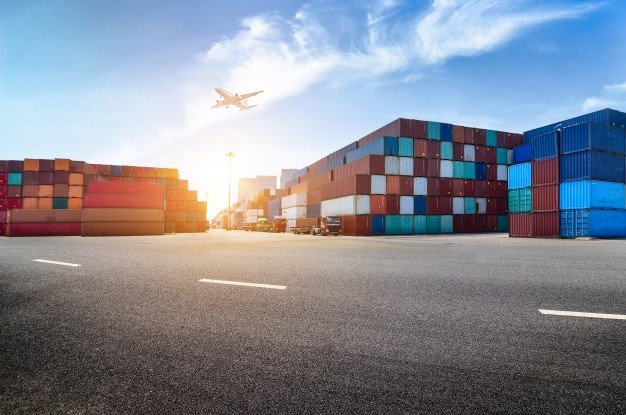Days are becoming colder and shorter, festive lights are appearing on every street, and fleets of semi-trucks are working to move holiday goods in tandem with their essential deliveries. This peak season, you can anticipate a 10-20% increase in your mileage as you travel the U.S. to transport products and meet high consumer demand. The combination of demand, winter road conditions, and the restrictions of the COVID-19 pandemic can lead to truckers feeling more pressure than usual.
Not to mention, this year, companies like Amazon and UPS plan to fill over 100,000 seasonal distribution jobs throughout the United States. As these large retailers hire seasonal workers, the demand for shipping providers will mirror the growth—which means you need to prepare yourself and your rig before starting on a busy haul during peak season. In this blog, we will discuss how you can prepare, get ahead of your competition, and reach your maximum earning potential while staying safe and enjoying the holidays.
1. Preventative Maintenance
Caring for your rig is crucial to the survival of your operations. A great way to start the caretaking process and prepare your truck for peak season is through preventative maintenance. If your truck has recently been idle for an extended period, you could be looking at rusted parts, sludge where there once were fluids, and other potentially critical issues. With the holiday season approaching, take your semi to a mechanic to perform a full inspection; they can then handle any necessary maintenance, like an oil change or hose replacement. While this may seem like a costly process, it could mean the difference between a successful season and a broken-down rig. In the long run, taking care of your truck will keep you safe and your truck running smoothly all season long—which means more jobs and greater revenue.
2. Vary Freight Sources
When COVID-19 forced America to shut down, around 88,300 drivers lost their jobs in April alone. This hit was devastating to the trucking industry, and it caused many owner/operators to reevaluate how they run their fleet. As technology progresses, mobile apps and load boards are on the rise in popularity among drivers. A source like DAT keeps up with the industry’s varying factors, like the economy or the weather. Technology can also provide real-time updates and insights to keep you in touch with your supply chains and help obtain your maximum earning potential.
On top of mobile apps and load boards, you can work with companies like Amazon, Walmart, Target, and more. As e-commerce demand sets new records year after year, the holiday season continues to see spikes in spot rates as companies meet their contract limitations but rush to keep up with shipping demands brought on by the COVID-19 shutdown. Spot rates have hit a record high of $2.37 per mile this year and will most likely surpass that number in these next few months. Keep an eye out for these job openings over the next couple of months.
3. Revisit Your Insurance
Another way to prepare for this unique holiday season is to revisit your insurance. The COVID-19 pandemic brought immeasurable amounts of uncertainty, and it’s during times like these that insurance becomes crucial. While commercial trucking insurance is one of the more expensive components of owning and operating, it reduces the majority of your expenses and covers you in the event of an accident. With the winter weather bringing harsh weather conditions, your chances of an accident increase, making peak season the perfect time to reach out to your provider and reevaluate your damage and rental coverage.
4. Practice COVID-19 Protocol
Possibly the more obvious way to prepare for the COVID-19 holiday season is to familiarize yourself with the standard protocol. As you travel, you’ll find yourself in unfamiliar locations; plan your route by keeping in mind where you can eat, sleep, and refuel. Restaurants and fast-food locations across the country have had to change their operation hours, so you’ll need to consider that when planning your route. On the bright side, some of these restaurants are providing discounts and other offers for the inconvenience. These can be found under the International Franchise Association at franchise.org.
The same restrictions and benefits go for accommodations as well. Try to limit your exposure by decreasing the number of times you interact with frequently touched objects and disinfect these objects and surfaces when you can. Stay socially distanced from others during stops or when loading and unloading, and use a proper face covering in public. Wash your hands after visiting a location or handling items like clipboards or other frequently touched objects. To keep up with state and local regulations, use government resources like the CDC, ATA, CVSA, FMCSA, FHWA, and the SBA.
Now that you know what it takes for a successful peak season, it’s time to get to work.
While this year has higher shipping demands due to COVID-19, the holidays have always come with their own set of challenges. Read our post, How the Holiday Season Impacts the Trucking Industry, to see what obstacles the holidays present and how to overcome them.








